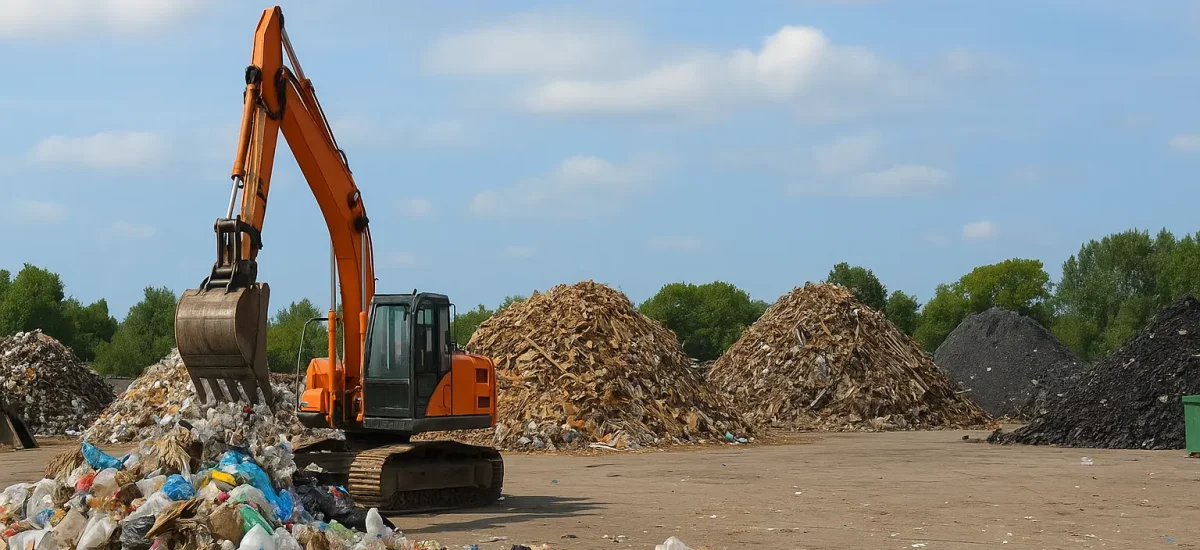I worked with coal fly ash slurry on two pond closure jobs and a river cleanup. Not on a desk. In boots. In a hard hat. I shoveled it, pumped it, and wore a lot of it home on my pants. So here’s my honest review of how it acts, what it does well, and what made me mutter under my breath. If you’d like another field-level perspective, check out this hands-on take on coal fly ash slurry from the crew at Sludge Safety.
So… what is it, really?
It’s fine gray ash from a coal plant, mixed with water. Think wet cement, but smoother. It looks calm. It’s not. It slides, sneaks, and finds every tiny gap. It sticks to everything, too. Does it smell? Not really. It’s more like damp dirt with a metal hint on a hot day.
You know what? The gray gets everywhere. My truck seats still tell that tale.
A day with the slurry
We moved it with a Warman 6/4 pump and a Godwin Dri-Prime backup. Eight-inch hose. Victaulic clamps. The first hour was always the same: a slow start, a few clanks, then a steady hum. When the mix hit 30% solids, it flowed like a thick milkshake. Below 20%, it ran fast and splashy. One rainy week in Ohio, the solids fell fast; our meters showed 18% by lunch. It looked tame. It wasn’t. The line burped and painted my vest. The Kingston disaster proved how quickly that kind of burp can turn into a riverwide mess—this straight-talk review of the spill site lines up with what I’ve seen on smaller jobs.
For context, the Kingston Fossil Plant coal fly ash slurry spill in 2008 released about 1.1 billion gallons of material, making it one of the worst industrial spills in U.S. history.
Clogs loved the elbows. The ash ate pump liners like candy. We swapped one set in under two months. I learned to keep a spare impeller on site. I also learned to keep an extra pair of socks. Long story.
What it does well
- It fills voids like a champ. We used it to backfill a sinkhole by a culvert. It flowed in deep, then settled nice and tight.
- With a bit of cement or lime, it sets firm. We poured a test pad behind the shop. Next morning, my boot barely left a mark.
- It settles fast with the right floc. We ran BASF Magnafloc on one job. The pond cleared like a magic trick. TenCate Geotube bags helped, too. The cakes peeled out like big gray brownies. Weird, but true.
- It’s cheap compared to hauling in clean fill. Trucks still cost, but the material itself is there, waiting.
If you want to see how the material behaves on a full-scale pond, take a look at this honest walk-the-berm review of a coal slurry pond; the photos alone are worth a peek.
What made me grumpy
- It’s abrasive. It chews pumps, bends, and valves. Weir parts held up best for us, but even those wore down.
- Dry ash turns to dust. Wind picks it up. You need covers and water sprays, or your face will feel gritty. On one July day, I could taste it by 10 a.m. Not cute.
- Heavy metals are a real thing. We used PPE, wash stations, and filters. My skin felt dry for days if I skipped barrier cream. Anyone wanting data-backed guidance on keeping crews and neighbors safe around toxic slurry should check out the folks at Sludge Safety. Peer-reviewed research confirms the concern—laboratory leachate tests have shown coal fly ash can release heavy metals into surrounding water and soil.
- Leaks get messy fast. I’ve seen a pinhole spray turn into a full gray rain. We wrapped a line with a clamp patch once, and it held, but the cleanup took hours.
For a blow-by-blow story of what a full-scale slurry spill looks like—and smells like—read this first-hand review of a coal slurry spill. It’ll make you double-check every gasket.
Weather mood swings
Cold days made it thick. Lines slowed. We set hose runs low and short, or things gummed up. Hot days? It ran slick and fast. One 95-degree afternoon, a loose clamp popped open and the hose did a little snake dance. We still tell that story at lunch.
Gear that earned my trust
- Warman slurry pumps for the main push
- Godwin Dri-Prime for long runs and quick starts
- Victaulic couplings (easy and strong)
- TenCate Geotube for dewatering at small sites
- Evoqua filter press when we needed drier cake
- A simple ultrasonic level sensor (Siemens HydroRanger did fine)
None of this is fancy. It just worked better than the stuff we tried before.
Little things that matter
I carry baby wipes in my truck now. They help with the gray film on hands. I also keep a spare shirt in a dry bag. Learned that the hard way after a nozzle burp hit me square in the chest. Coffee tastes strange when there’s ash dust in the air. I switched to a lidded cup. Trust me on that one.
Neighbors worry about water, and they should. On one site by a lake, we set turbidity curtains and checked the outfall every hour. When the water looked clear again, a kid came by with a fishing pole. I won’t lie—I smiled. Sadly, communities across the Atlantic are still cleaning up too; the account in “Black Water, Heavy Hearts” shows just how long those worries can linger.
After twelve straight hours wading through gray muck, sometimes the best stress valve isn’t another shop talk session—it’s a simple, no-strings evening far from slurry pumps and elbow fittings. If that sounds like your kind of reset, a hookup-friendly platform such as PlanCul.app can match you with nearby adults in minutes, giving you private chat, location filters, and an easy way to plan a night that’s all fun and zero fly ash cleanup. Likewise, if your current project has you clocking out near Waukegan and you miss the simplicity of old-school personals pages, the locally focused breakdown at Doublelist Waukegan details how to post discreet ads, screen replies, and line up an off-site drink without wasting any of your hard-earned downtime.
Quick hits
What I liked:
- Flows into tight spaces
- Can set strong with a bit of cement or lime
- Settles fast with the right floc
- Saves money on bulk fill
What I didn’t:
- Abrasive and rough on gear
- Dust risk when it dries out
- Messy leaks and stubborn stains
- Needs tight controls and steady checks
Who it’s for
If you run a power plant closure, a liner job, or a big trench backfill, this can be a helpful tool. If you want clean, simple, and tidy, look away. This stuff asks for a plan, good people, and gear that can take a beating.
My bottom line
Coal fly ash slurry is useful, but it demands respect. Handle it with care. Watch your lines. Watch the weather. And wash your hands. I’d use it again with the same setup and the same checks. It’s not pretty, but when it’s used right, it gets the job done.
If you see gray streaks on my boots, now you know why.

